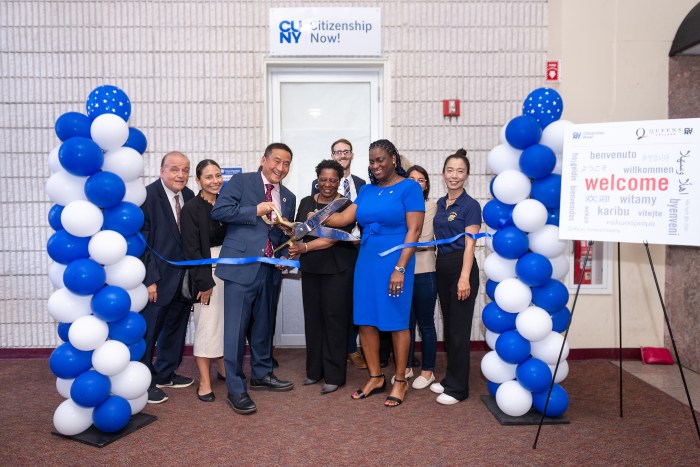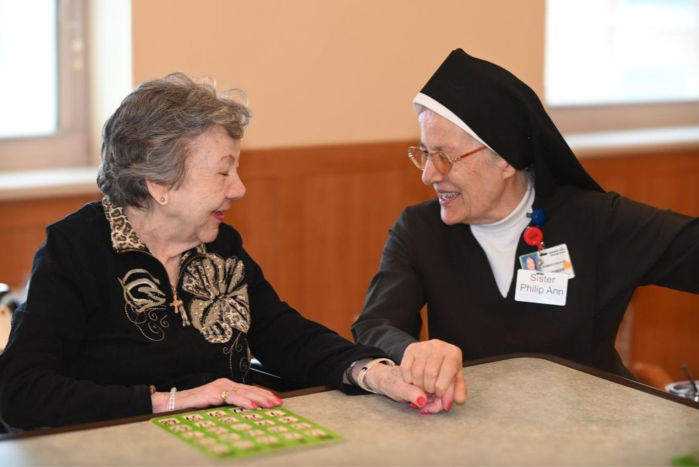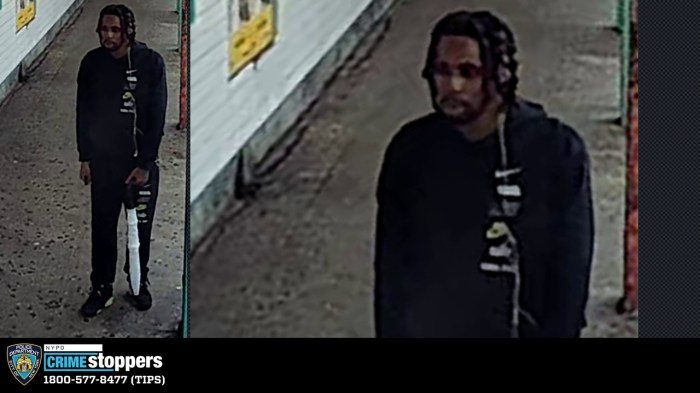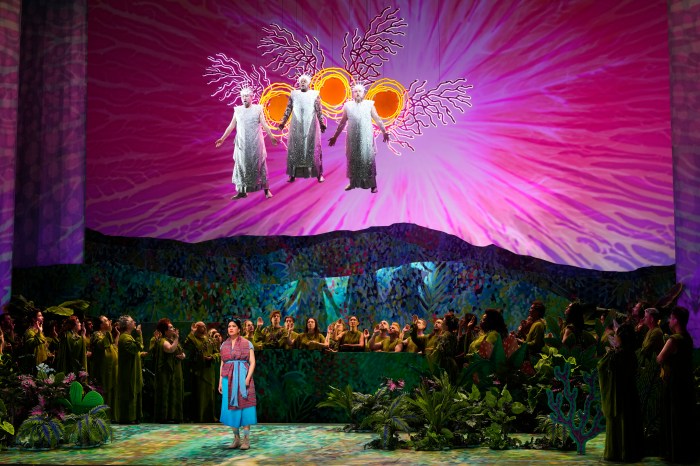By Charles Hack
It looked like a horse graveyard, with bodies strewn across the floor— albeit one where the cadavers are brightly painted in gold, red and blue. A team of workers dismantled the historic Bishoff & Brienstein Carousell, at a storefront at 1054 Surf Ave. near West 12th Street. Although it was still in good condition, with a working band organ, the carousel will be carefully restored before it is re-assembled in a different, yet-to-be-determined location in Coney Island. The merry-go-round will first spend time in storage. The city paid $1.8 million for the carousel, after it went up for auction by Guernsey’s last August, to keep it as part of the storied history of Coney Island. The carousel had 50 horses, two chariots, a band organ, ticket booth and a brass ring, which riders pulled to receive a free ride. Brooklyn was in danger of losing the carousel, which had been there for 73 years, after the auction house received offers from as far away as far as Los Angeles. When Mayor Michael Bloomberg announced the carousel was to be saved, he said “it is staying right here in Coney Island where it belongs.” Guernsey’s negotiated the purchase with the city’s Economic Development Corporation and the Coney Island Development Corporation, after City Councilmember Domenic Recchia campaigned to save the fairground attraction. Longtime owner James McCullough, 76, decided it was time to sell when he retired. Together with the Cyclone and Wonder Wheel, the carousel dates back to the earliest days of seaside attractions in Coney Island. No date has been provided for re-opening it, but Janel Patterson from the NYC Economic Development Corporation says it should be opened within three years. She said that it will be returned to near or on the Coney Island boardwalk. The name was spelled “carousell” because the frame’s builder, William F. Mangels, whose shop was on West 5th Street, used two l’s. All but one of the carousel horses were carved in 1919 by Charles Carmel, whose studio was situated near the stables of Prospect Park. The other one was carved by Marcus Charles Illions. The carousel came to Brooklyn in 1932 from New Jersey, where it was first installed. There are fewer than 100 operating carousels left in the country, down from 5,000 a century ago.
































